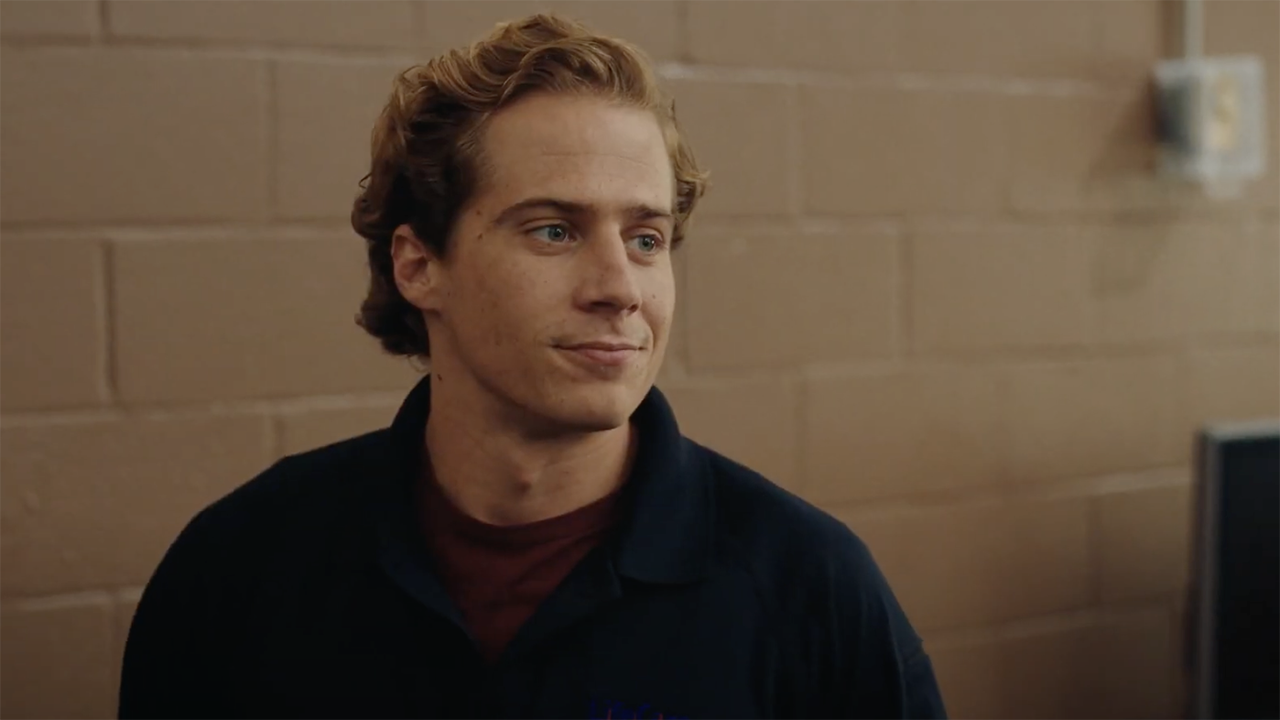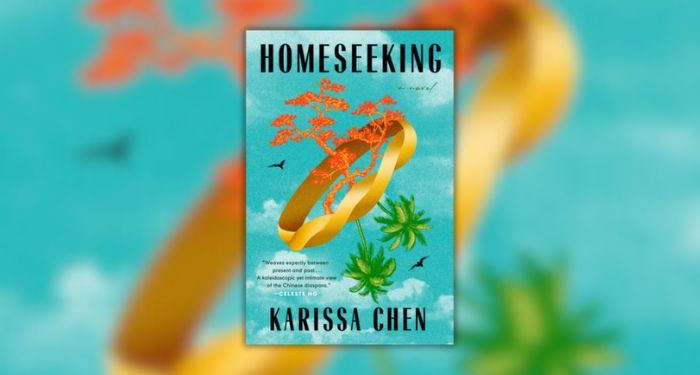Electric Literature Urgently Needs Your Help
For the 15,000 people who visit our site every day, reading Electric Literature costs nothing. And yet Electric Lit is not free. We need to raise $25,000 by December 31, 2024 to keep Electric Literature going into next year. If the continued existence of Electric Literature means something to you, please make a contribution today.

Electric Literature is pleased to reveal the cover of Clam Down: A Metamorphosis by Anelise Chen, which will be published by One World on June 03, 2025.
“We’ve all heard the one about waking up as a cockroach—but what if a crisis turned you into a clam?”
After the dissolution of her marriage, a writer is transformed into a “clam” via typo after her mother keeps texting her to “clam down.” The funny if unhelpful command forces her to ask what it means to “clam down” during crises—to retreat, hide, close up, and stay silent. Idiomatically, we are said to “clam up” when we can’t speak, and to “come out of our shell” when we reemerge, transformed.
In order to understand her path, the clam digs into examples of others who have also “succumbed to shellfish” to embrace lives of reclusiveness and extremity. But this is a story that radiates outward from the kernel of selfhood to family, society, and ecosystem. Finally, the writer must confront her own “clam genealogy” to interview her dad who disappeared for a decade to write a mysterious accounting software called Shell Computing. In learning about his past to better understand his decisions, she learns not only how to forgive him, but also how to move on from her own wounds of abandonment and insecurity.
Using a genre-defying structure and written in novelistic prose that draws from art, literature, and natural history, she unfolds a complex story of interspecies connectedness, in which humans learn lessons of adaptation and survival from their mollusk kin. While it makes sense in certain situations to retreat behind fortified walls, the choice to do so also exacts a price. What is the price of building up walls? How can one take them back down when they are no longer necessary?
Here is the cover, artwork by Tree Abraham.
Author Anelise Chen: “Think: googly eyes glued on pipe cleaner and construction paper, a child’s shoebox diorama for a school fair. Okay, how about, neglected seashell exhibit in an underfunded aquarium of a mid-tier city? Cabinet of curiosities. Those wood and glass vitrines from Deyrolle? But not so classy! Think dusty assemblage in a dish in a vacation rental in New Jersey. Or, midcentury science text, i.e. this one: The Sex Lives of Mollusks. Here’s a screenshot. Okay scratch that. Think line drawings in a Victorian malacology book. No. Wes Anderson poster for The Life Aquatic? Nicole, could you ask the book designer to go the American Museum of Natural History right now and study the exact font and palette of this exhibit on Nitrogen-Fixing Bacteria? Here’s a blurry photo I took. New idea. Think dial-up aesthetic, like Netscape or Windows 95 or go even further back, like a DOS command screen…
It took eight years to write the book, so I clearly had a lot of ideas about what the cover should look like. Nicole, my editor, did her best to translate my ‘ideas’ for the design team. When we finally got the options back, I was terrified, shaking as I opened the file, especially because Nicole had sent me a text to prep me for it. (It’s like she knows who she’s dealing with!) I was immediately floored by the diligence and zany creativity of the designer. (I still don’t know who it is.) They had captured the humor and the pathos and everything else I had been trying to convey.
I love the bold, timeless font on this cover. I love the iridescent hue of the background, which, as my agent Molly pointed out, looks like the pearly interior of a shell. But most of all I love the ‘I can’t even’ posture of this figure—spilled, splat—as if they’d just fallen. In fact, the book came to me all those years ago when I had been laid flat, literally and metaphorically, and I didn’t think I’d ever get up again. But I think there’s still a little bit of fight in this person. They’re down for now, but they’re just gathering themselves momentarily. And my hope with this story has always been to reach another person in that precise moment, in that lonely, desperate period of life, when you’re stuck in your shell, unrecognizable to yourself. This is a book for those of us who’ve been there, or who will perhaps be there one day. Clam down, carry on.”
Designer Tree Abraham: “I explored many approaches to the cover design (there was a late night diorama build that involved dismembering a plastic doll, gluing together shells, and suspending paper letters like a marionette). My mood notes read ‘CLAM ON CHAIR, CLAM ON SUBWAY, CLAM IN DESERT, CLAM IN PARIS, CLAM IN BED, CLAM AS HINGE, cereal boxes, Tums, a walking taco, an exquisite corpse.’ Chen’s work is a hybrid in every sense: the writing style blends experimental forms, the woman’s interiority metamorphs into mollusk conditions, and the imagery submerges itself into several aesthetic periods from 19th-century library books with engraved illustrations to computer software clipart from the 1990s. I wanted to draw upon natural history atlases while signaling that this was an unmistakably modern account of the struggle to remain human amidst the pressures of a world compelling us to clam down.”



























































